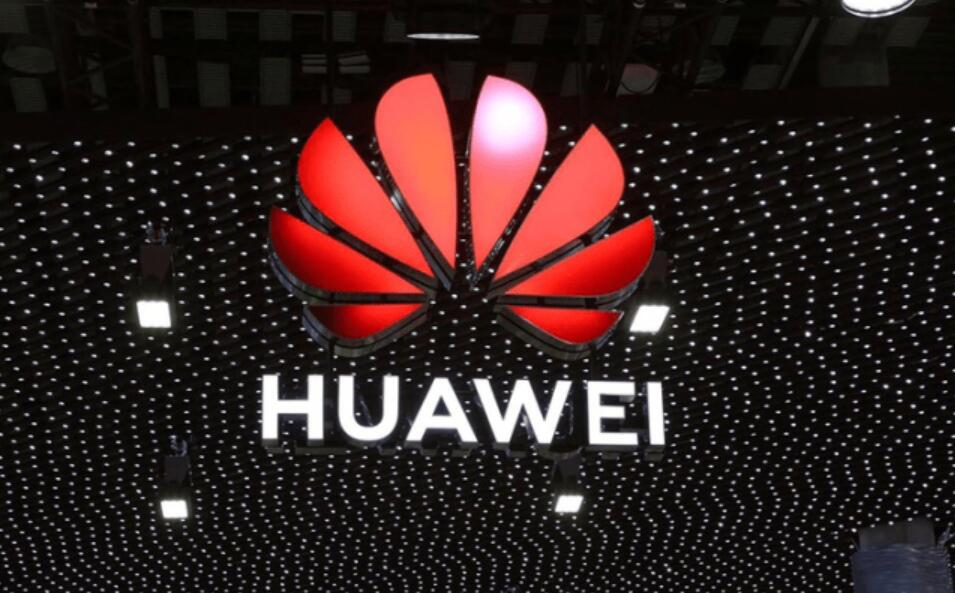A very good story about Huawei quest for its own Chip Development, Bravo
cnTechPost for a very good summary well done indeed.
From following to leading: Huawei's journey in chip development
2020-10-03 22:47:27 GMT+8 | cnTechPost
1
Huawei is attracting a lot of attention as one of the few Chinese companies with a significant presence in the chip space, and the China Industrial Securities computer team took a comprehensive look at Huawei's chip footprint earlier this year.
Here's the full text of their
:
1、Huawei's 30-year journey of chip self-development in retrospect
In 1991, Huawei's chip business was in its infancy, with the IC design center in charge.
At that time, Huawei was faced with the dilemma of high chip costs and small profit margins.
Its first successful chip was the SD502, which was used for multi-function interface control in switches.
In 1993, relying on EDA software purchased from overseas, Huawei successfully developed the SD509, which supported non-blocking time slot switching and was used in its first digital programmable switch, the C&C08, which became one of the world's largest-selling switches.
In 1995, the Huawei Central Research Department was set up under the Basic Business Department to take over the R&D of communication system chips.
In 2004, Huawei decided to set up HiSilicon, which started out as a digital security chip.
In 2009, the company launched a one-stop solution for low-end GSM smartphones with a chip called K3V1, which started the long road of mobile phone chip exploration.
Since then, the Huawei 2012 lab was established and HiSilicon was placed under the jurisdiction of the lab, but on the same level as the Huawei division.
After 30 years of diligent exploration, Huawei now has five series of chips.
The Kirin chips are mobile phone SoCs that integrate application and baseband processors and are widely used in the Huawei family of mobile phones.
Among the computing chips, Kunpeng is used for high-performance computing and Ascend is a commercial AI chip.
Among the communication chips, Balong and Tiangang are used for baseband and base station respectively and are creating a 5G layout.
Connectivity chips correspond to the Internet of Everything era, including Boudica and Lingxiao two major brands.
Video chips are Huawei's long-term force direction, security chips, set-top box chips occupy a large market share, chip shipments also reached tens of millions.
2, the rapid rise of computing chips: Kunpeng, Ascend
In today's digital era, the Internet of Everything has brought about explosive growth in data volume, placing higher demands on the computing power of IT infrastructures.
IDC predicts that by 2023, the global computing industry will reach $1.14 trillion in investment space, with China accounting for nearly 10% of the total, making it an important driver of the global computing industry.
To meet the demand for new computing power, Huawei has built a chip family of five subsystems around the "Kunpeng +Ascend" dual computing engine, realizing comprehensive self-development in the field of computing chips.
Huawei is the only vendor that owns five key chips, namely CPU, NPU, storage control, network connectivity, and intelligent management. We will focus on the core chip "Kunpeng +Ascend" to carry out the analysis.
Layout 1: Kunpeng series
The Kunpeng family includes processors for servers and PCs. More than a decade ago, Huawei developed a small success with its embedded CPU Hi1380, which became the beginning of the Kunpeng processors.
After two generations of Kunpeng 912 and 916, Huawei finally developed its current flagship products, the Kunpeng 920 and Kunpeng 920s, for servers and PCs respectively.
The Kunpeng processor has the advantage of "end-side cloud computing power isomorphism". Based on the ARM V8 architecture, the processor cores, microarchitecture, and chips are all developed and designed by Huawei.
More than 5 million Android applications based on the ARM instruction set are currently available in the market, which are naturally compatible with ARM servers and can be run directly without porting.
It runs with no instruction translation process, no loss of performance, and can improve performance up to 3x over x86 heterogeneous.
In January 2019, Huawei announced the Kunpeng 920, the industry's highest performance ARM architecture processor, as well as the TaiShan server and Huawei Cloud Service based on the Kunpeng 920.
The Kunpeng 920 is built on a 7nm manufacturing process. In terms of specifications, it supports 64 cores at up to 2.6GHz, integrated 8-channel DDR4, PCIe 4.0, and CCIX interfaces, and provides 640Gbps of total bandwidth.
The Kunpeng 920 focuses on low power consumption and high performance, with a SPECint Benchmark score of more than 930 at a typical main frequency, exceeding the industry benchmark by 25 percent, while the energy efficiency ratio is 30 percent better than the industry benchmark.
The previous record-holder was Fujitsu's 7nm A64X, which achieved 2.7 teraflops of performance per chip.
Layout 2: Ascend Series
AI chips help solve the problem of arithmetic power as Moore's Law fades, and the Ascend series is an important underpinning of Huawei's comprehensive AI strategy.
The Ascend 310 was announced alongside the 910 at Huawei All Connect 2018, confirming speculation that Huawei was developing an AI chip.
Aimed at edge scenarios, the Ascend 310 is efficient, flexible, and programmable. Based on a typical configuration, the Ascend 310 achieves the performance of 16 TOPS with 8-bit integer precision (INT8) and 8 TFLOPS with 16-bit floating-point (FP16), while consuming only 8W.
Based on the mass-produced Ascend 310, Huawei released Atlas 200, Atlas 300, Atlas 500, and Atlas 800 products, which are widely used in security, finance, medical, transportation, power, and automotive industries.


